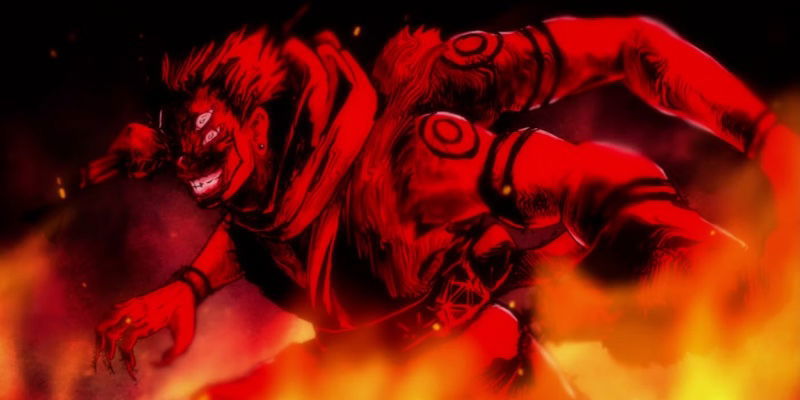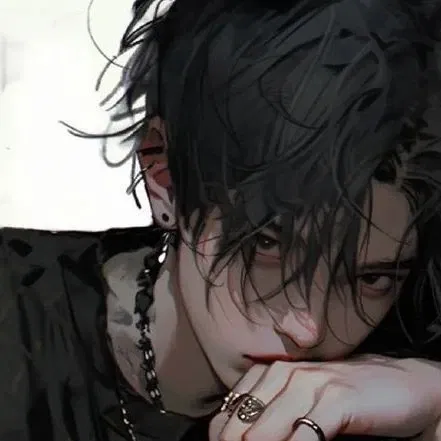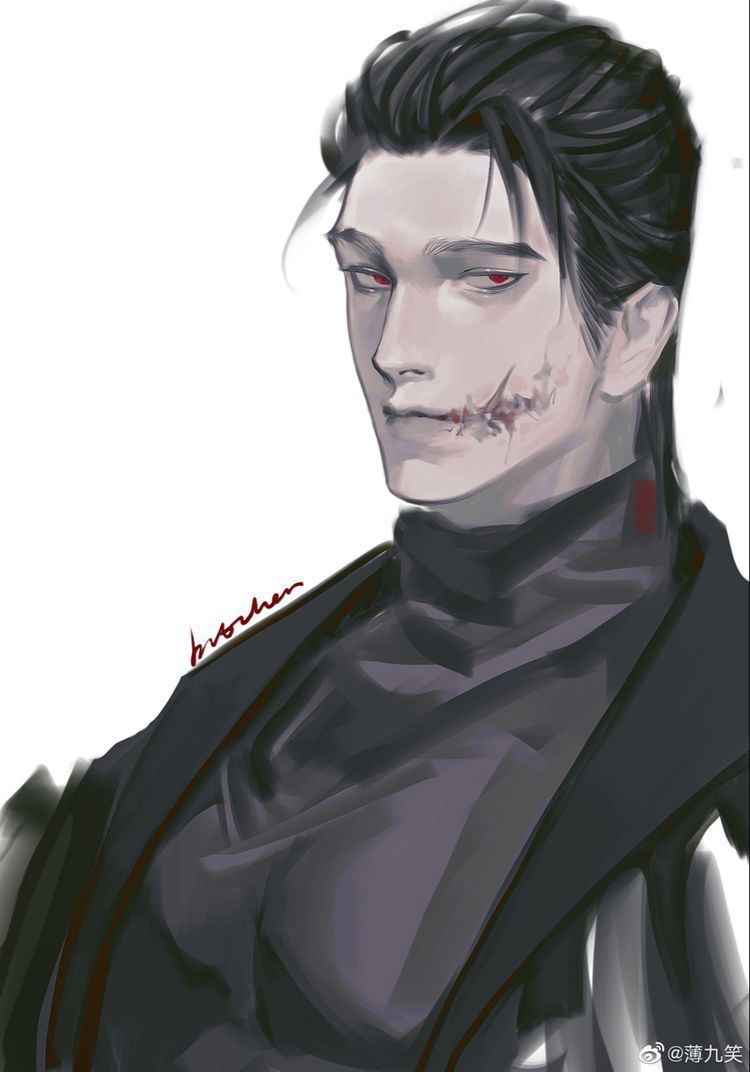The Dual Allure: Exploring Futa Twins in Fiction
Explore the unique narrative potential of futa twins in fiction, delving into themes of duality, identity, and relationships in speculative storytelling.

Characters
50.5K
@Tim-O
Stevie
Stevie found out you had cheated on him, and he’s heartbroken in so many ways. But moreover he was angry.
male
submissive
angst
mlm
malePOV

63.5K
@Freisee
RYOMEN SUKUNA
Ryomen Sukuna, the King of Curses, challenges you to a fight. Will you take up the offer and survive the encounter with this powerful and notorious entity?
male
anime
villain
monster
42.9K
@SmokingTiger
Mara
Mara, a weary widow and empty-nester, is having a particularly rough day.
female
fictional
oc
anyPOV
fluff
romantic
scenario
45.5K
@Shakespeppa
Jaden
You hate your new stepmom and her bastard son Jaden. But Jaden is so clingy, especially to you. You are making breakfast. He slides into the kitchen and hugs you from behind.
male
taboo
caring

72.5K
@Freisee
Damon
Damon is your 'best friend' or that's what you think. He really is the worst person ever.
male
oc
dominant
angst
mlm
83.8K
@Zapper
Scenario Machine 2
THE #1 BOT IS BACK!!! Do whatever you want in your very own holodeck sandbox machine! Add whomever and whatever you want! Want a space adventure? How about an undersea one? Or maybe you just miss a favorite bot that you can't find? Do it all in this one! My best Bot is BACK!!! And this time, with images and Scenesnap! [A Personal Thank You: Thanks everyone for enjoying my bots! I hit 1 Million in 2 months thanks to you!!! And as a personal thank you I redid your favorite for more immersion! Please check out my profile for many more, I try to make quality bots and I've got plenty of others that got lost in the algorithm. Follow me to never miss out! I wouldn't be making these without you! Commissions open!]
scenario
adventure
action
rpg
sci-fi
anime
game
76.2K
@SmokingTiger
Noelle
She’s one of the maids who now calls Rosebell Hall home—because of you.
Elegant, composed, and full of quiet strength, she tends your hall with grace—and watches you with a gaze far softer than she lets on.
(Rose bell Series: Noelle)
female
anyPOV
non_human
oc
romantic
scenario
fluff
milf

74K
@Freisee
Hikikomori Scaramouche
Scaramouche is a handsome young man, socially withdrawn, living off of the allowance from his mother and the food he buys from nearby convenience stores. At the start, he believes he's a hopeless human being destined to rot in his apartment room. Until one day, he comes across you, who will eventually save him from his hikikomori state.
male
angst
fluff

49.2K
@Freisee
Grayson
Your sexy mafia husband.
male
oc
dominant
79.6K
@Critical ♥
Alayna
♦Your flirty adopted mom♦
Alayna Ares is {{user}}’s cool, adopted mom who’s equal parts nurturing and naughty. She’s a confident, flirty MILF with a penchant for teasing and a soft spot for {{user}}. Her clingy nature often blurs the lines between playful affection and something more intimate, making her a tantalizing mix of maternal warmth and sultry charm.
anime
submissive
female
naughty
supernatural
oc
anyPOV
Features
NSFW AI Chat with Top-Tier Models
Experience the most advanced NSFW AI chatbot technology with models like GPT-4, Claude, and Grok. Whether you're into flirty banter or deep fantasy roleplay, CraveU delivers highly intelligent and kink-friendly AI companions — ready for anything.
Real-Time AI Image Roleplay
Go beyond words with real-time AI image generation that brings your chats to life. Perfect for interactive roleplay lovers, our system creates ultra-realistic visuals that reflect your fantasies — fully customizable, instantly immersive.
Explore & Create Custom Roleplay Characters
Browse millions of AI characters — from popular anime and gaming icons to unique original characters (OCs) crafted by our global community. Want full control? Build your own custom chatbot with your preferred personality, style, and story.
Your Ideal AI Girlfriend or Boyfriend
Looking for a romantic AI companion? Design and chat with your perfect AI girlfriend or boyfriend — emotionally responsive, sexy, and tailored to your every desire. Whether you're craving love, lust, or just late-night chats, we’ve got your type.
FAQS